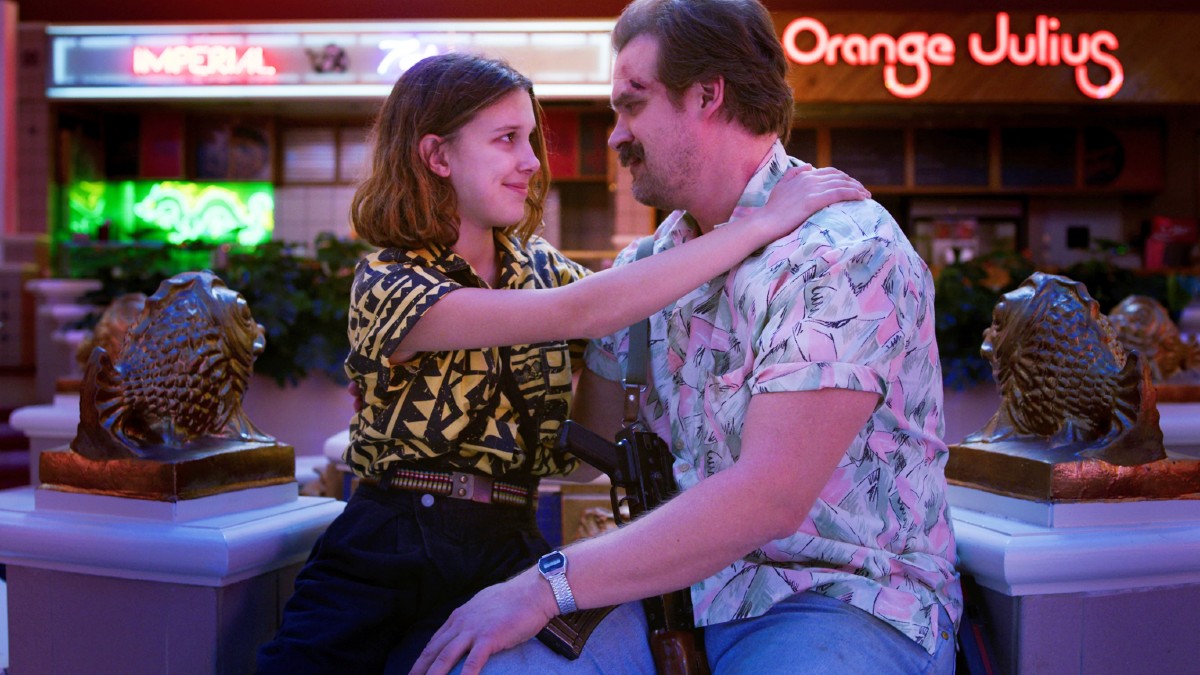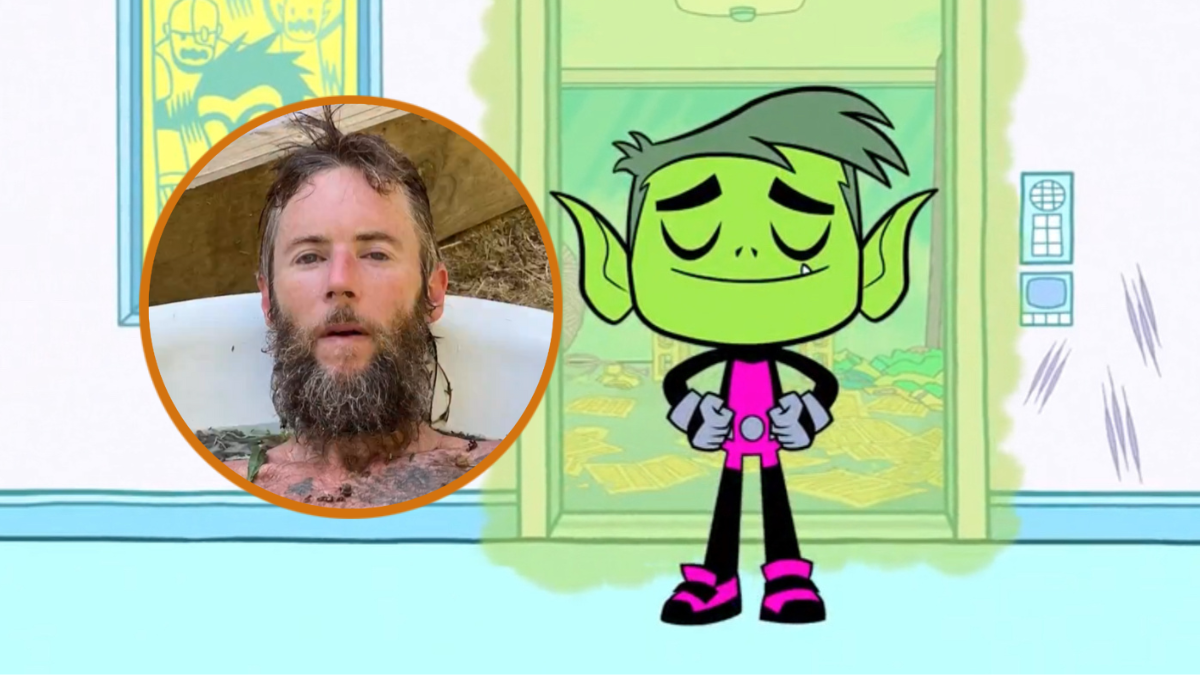Orange is the New Black

The big house only got bigger on Orange is the New Black this year, even if the walls of Litchfield Correctional never moved. Expanding its focus to include new cliques of inmates and the guards watching over them, Netflix’s prison dramedy (and improbable flagship series) matured in the wake of its unexpected popularity, though not without some growing pains. By further removing yuppie-turned-yardbird Piper Chapman as the center of attention, the show had to create some plot-moving characters and make a few dumb decisions to give the season an arc. The finale made overtures towards the show recognizing the error, and remembering what made Orange is the New Black great in the first place: the characters.
With rare exception, Jenji Kohan and her writers found ways to develop all the inhabitants of Litchfield into multi-dimensional, relatable people, regardless of whether they wore a jumpsuit or pantsuit. Though given less spotlight than last year, Taylor Schilling’s Piper became more likeable as she came to terms with how adept she was becoming at prison life. This left the season’s emotional thrust in the hands of Taystee (Danielle Brooks) and Poussey (Samira Wiley), and they did not disappoint. Though one story among many, the challenge their friendship faced due to race, sexuality, and background was a shining example of the social awareness that has made Orange is the New Black both popular and unique.
The show has become so overcrowded with interesting personalities that there’s simply no way for Orange is the New Black to have the clockwork consistency you’ll find in Breaking Bad or The Wire, but it doesn’t need it. At its best, the show treats its characters not as chess pieces or thematic inserts, but as actual people. In that way, it’s both the most focused, and broadest show on TV, funneling a world’s worth of experience into the smallest of spaces, and then letting us get to know the people trapped inside using the only thing they have left: time.










Published: Jul 1, 2014 11:51 am